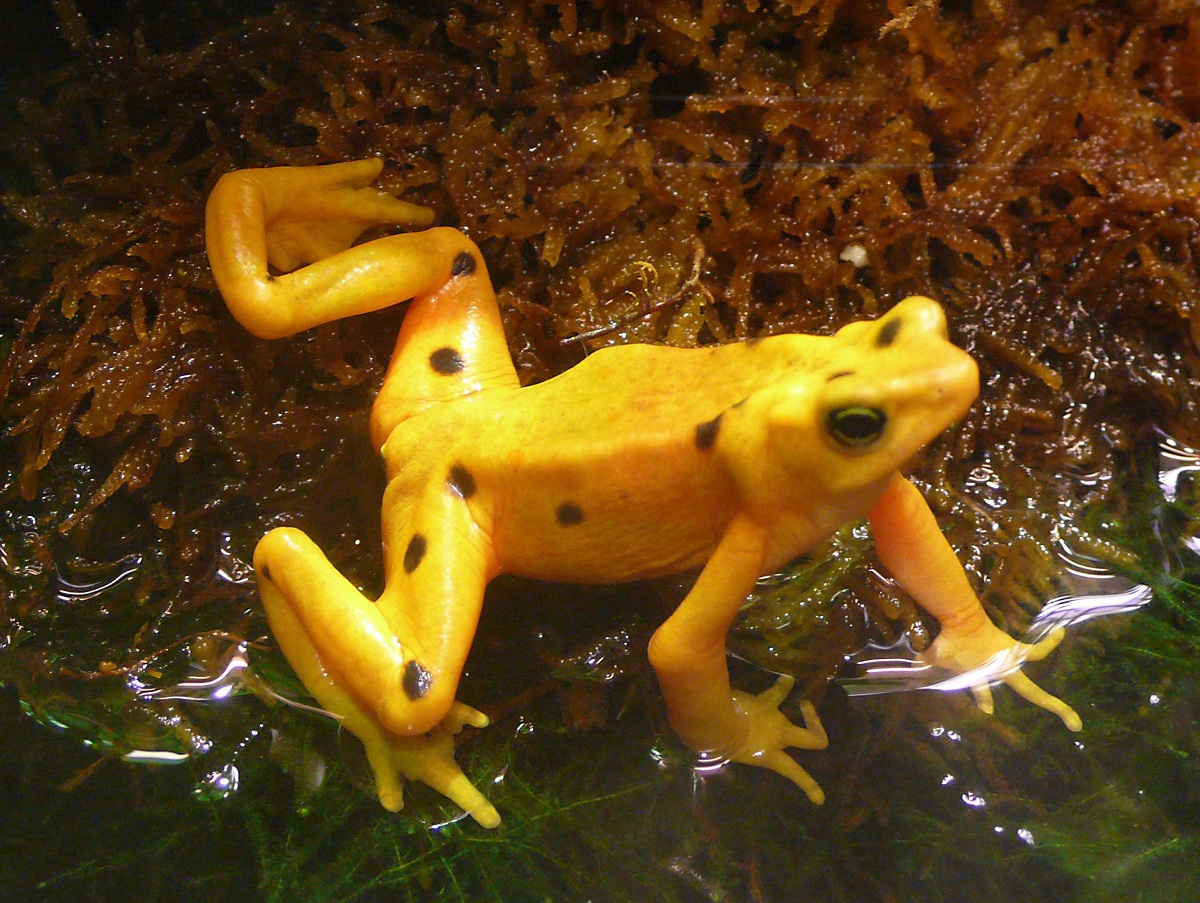
When the different types of ecosystems and its main characteristics refers to the term ecological niche. It is a concept that is used in the field of ecology and that serves to describe a certain strategy that animals use in order to survive in an ecosystem.
In this article we are going to tell you everything you need to know about the ecological niche and its importance for the development of animals and plants.
What is an ecological niche

When we do not refer to the natural environment, there are numerous concepts that have different nuances that are difficult to differentiate for the population that is studying the environment. However, surely when it comes to explaining these concepts, she may know it but without this specific name. Normally the habitat of a species is the area where the physical, chemical and environmental characteristics are found where certain animal and plant species are living. This habitat is the place where they can develop their life and carry out their physical processes.
When we speak of an ecological niche, we are not referring to the survival strategy employed by a certain species within a habitat to feed, compete with other species for food and territory, avoid being attacked, hide, reproduce, etc. In other words, we can say that the ecological niche is a strategy used by living beings to be able to survive under certain environmental conditions and in the presence of other living species.
Types of ecological niche
The vast majority of animals take advantage of the territory to be able to develop certain habits that help them to prosper better. The ecological niche constitutes the best strategy to be able to look for the food and the necessary protection to be able to develop and reproduce. Each species has its own ecological niche and there are several different types. They are summarized in two main types of ecological niche:
- Fundamental or potential: in this case, the ecological niche only takes into account those physical and environmental conditions under which it has to divide the species. In other words, we are talking about the territory where the species of living beings live and in the conditions that they have to adapt to survive. Environmental conditions such as temperature, rainfall, amount of solar radiation, terrain geology, hiding places, presence of predators and prey, etc.
- Cash or real: this type of ecological niche is the one that contemplates the conditions under which one species has to subsist in the presence of others. It is here that all relationships between predator and prey are analyzed in greater depth.
Relationship between ecological niche and habitat

At the beginning of the article we have described the definition of habitat since it has a great relationship with the ecological niche of a species. We know that the habitat is the physical environment that houses the ecological niches of the species that inhabit it. That is why we can say that habitat and ecological niche are closely related to the ecosystem of a species.
We define common ecosystem biological system that is formed by a community of living organisms. Is community of living organisms in relation to their physical environment is known as biocenosis. The whole relationship of living organisms with their physical environment is known as a biotope. Within any habitat, different species can coexist with different ecological niches. This is because the ecological niche is the role played by the different individuals of a species in each ecosystem.
To give examples we can say the functions that some living beings have in a natural ecosystem. For example, there are animals whose ecological niche is pollination, others are scavengers, others decomposers, predators, prey, etc. Each species has its function within the ecosystem and together they achieve what is known as ecological balance. This ecological balance is what allows life to develop as we know it. It is also the one that allows the existence of the trophic chain and the development of both animal and plant species.
If not for those predatory species, the prey species could develop in large numbers without any limitation. This is how predators control prey populations and, in turn, the amount of plants that these prey consume. Hence the origin of the trophic chains. the plants are the first link in the food chain as they only need water and solar energy to thrive. Herbivores are those that feed on these plants and carnivores those that feed on these herbivores. Without predatory carnivores, herbivores would kill all existing plants and break the balance of the food chain.
In this way the assistance of carnivores only controls the populations of herbivores and these, in turn, are those that control the populations of carnivores. However, something that can occur in the same ecosystem is that there are species with very similar ecological niches. This generates what is known as interspecific competition.
Examples
We are going to give some examples of habitats and the ecological niche of some species.
- The giraffe's habitats are grasslands, forests and open plains. Its ecological niche is to feed on the leaves that exist in the treetops and coexist with other species. Giraffes only fight if food is scarce.
- Kangaroos have their habitat in prairie and plains areas. Its ecological niche is herbivorous and feeds on grasses and roots.
- The green anaconda has its habitat in tropical forests and its ecological niche is an omnivorous predator. It is capable of feeding on other animals or plants. They usually stay on the ground in flooded areas and, therefore, have direct competition with crocodiles and alligators. The competition is that they both have the same habitat and the same prey.
- The earthworm has as habitats looser earth soils with clay and sandy texture. Its ecological niche is being a decomposer and providing better quality to the land. Birds, mammals and reptiles serve as food, so they are also part of the food chain.
I hope that with this information you can learn more about the ecological niche.
